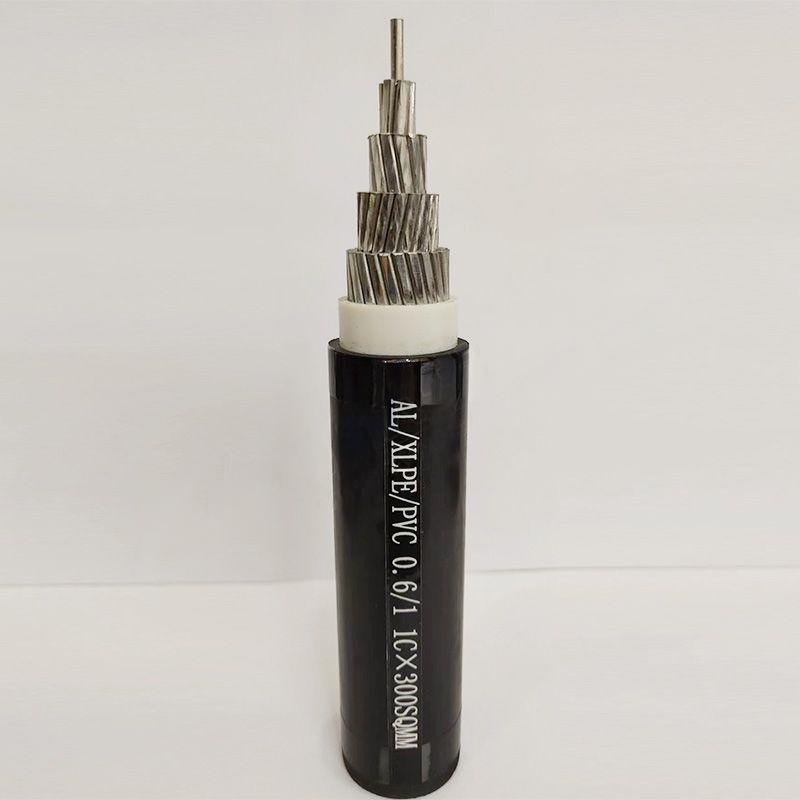okt . 15, 2024 04:22 Back to list
Understanding Non-Rising Stem Gate Valves and Their Applications in Various Industries
Understanding Non-Rising Gate Valves A Comprehensive Overview
Gate valves are crucial components in fluid control systems, serving as a means to start, stop, or regulate the flow of liquids and gases. Among the various types of gate valves available, the non-rising gate valve is a popular choice in many applications, due to its unique design and operational benefits. This article will delve into what non-rising gate valves are, their advantages, and common applications, providing a thorough understanding of this important valve type.
What is a Non-Rising Gate Valve?
A non-rising gate valve is a type of valve where the stem does not move upward when the valve is operated. Instead, the valve's gate raises and lowers within the valve body itself. This design is particularly useful in situations where vertical space is limited, as the valve can be operated without requiring additional height for the stem to rise. A non-rising gate valve typically has a threaded shaft or a yoke mechanism that translates rotary motion into linear motion, allowing the gate to be lifted or lowered without any external stem displacement.
Advantages of Non-Rising Gate Valves
1. Space Efficiency One of the most significant benefits of non-rising gate valves is their compact design. Because the stem does not rise above the valve body, these valves can be installed in confined spaces without needing to worry about overhead clearance.
2. Reduced Risk of Damage The non-rising stem design minimizes the risk of damage that can occur to an extended stem in environments where external interference might occur. This makes non-rising gate valves ideal for industrial applications where equipment may be subjected to external forces.
3. Ease of Use Non-rising gate valves can be operated smoothly, requiring less effort to open and close, especially when properly lubricated. Their straightforward design allows for quick maintenance and inspection.
4. Versatility These valves are suitable for a range of applications, including water supply systems, sewage treatment, and industrial pipelines. Their ability to effectively control flow makes them a preferred choice in many engineering and construction projects.
Common Applications
Non-rising gate valves are used in various sectors, including municipal, commercial, and industrial applications. Key areas of use include
- Water Supply Systems These valves are widely employed in municipal water systems for their ability to isolate sections of the pipeline for maintenance without significant disruption to the overall system.
gate valve non rising

- Sewage and Waste Management In sewage treatment plants, non-rising gate valves help control the flow of wastewater, allowing for efficient processing and maintenance of treatment facilities.
- Hydraulic Systems Used in various hydraulic systems, these valves provide reliable flow control while ensuring the integrity of the system.
- Oil and Gas Industry Non-rising gate valves are utilized in pipelines and refineries to manage the flow of oil and natural gas effectively
.Considerations When Choosing Non-Rising Gate Valves
When selecting the appropriate non-rising gate valve for a specific application, several factors should be taken into consideration
- Material Compatibility The materials used in the valve construction must be compatible with the fluid or gas being controlled to prevent corrosion or contamination.
- Pressure and Temperature Ratings Ensure that the valve can withstand the pressure and temperature conditions of the application.
- Size and Dimension Choose a valve size that fits within the designated space and meets flow requirements.
- Maintenance Requirements Consider how easy it will be to maintain and repair the valve over its lifespan.
Conclusion
Non-rising gate valves play a vital role in various fluid control applications, offering unique advantages that make them suitable for challenging environments. Their compact design, reduced risk of damage, and versatility ensure they remain a popular choice in many industrial and municipal settings. Understanding their features and applications can help engineers and operators make informed decisions, ultimately improving the efficiency and reliability of fluid systems.
Share
-
Reliable Wafer Type Butterfly Valves for Every IndustryNewsJul.25,2025
-
Reliable Flow Control Begins with the Right Ball Check ValveNewsJul.25,2025
-
Precision Flow Control Starts with Quality ValvesNewsJul.25,2025
-
Industrial Flow Control ReliabilityNewsJul.25,2025
-
Engineered for Efficiency Gate Valves That Power Industrial PerformanceNewsJul.25,2025
-
Empowering Infrastructure Through Quality ManufacturingNewsJul.25,2025